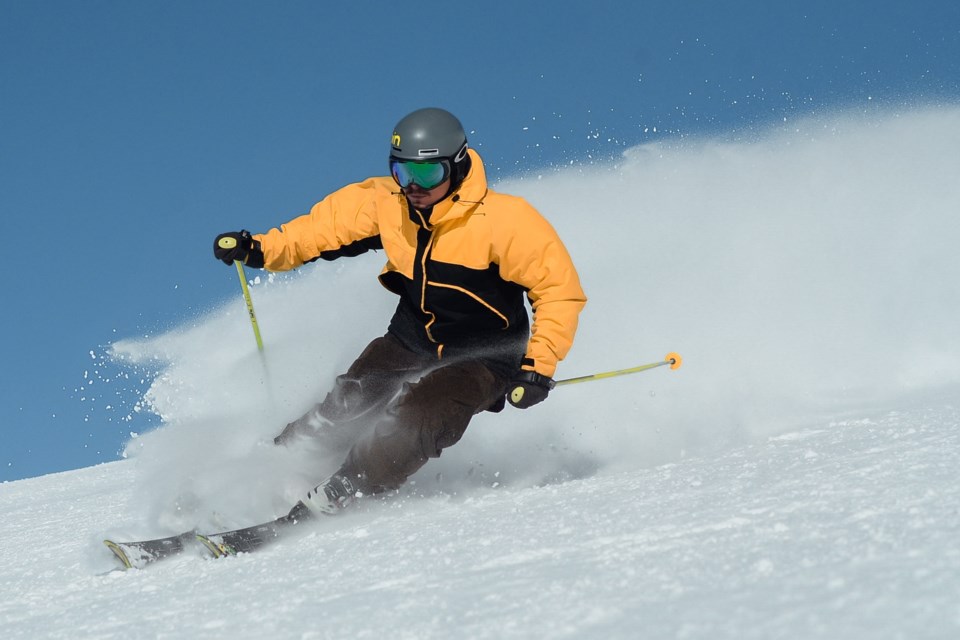A few ski slopes in Colorado have opened for the season. But are you physically ready? Dr. Chad Vaccarelli, DO at Kaiser Permanente has a few tips for staying safe.
Vaccarelli said it is important for skiers and snowboarders to begin conditioning three to six weeks before hitting the slopes. He recommends doing something to improve your conditioning at least five to six days a week.
Hope is not lost for those trying the sport for the first time. Vaccarelli suggests a few exercises that will get newcomers ready. For skiers, he suggests working on the lower body through a series of lunges and squats. These exercises are devised to help strengthen the muscles most commonly used while skiing.
Snowboarders should work on heal-to-toe exercises such as calf raises, heel lifts or tibialis anterior raises, Vaccarelli said. Tibialis anterior raises are when a person keeps their heels on the floor but raises their toes as high as they can go using a wall.
Vaccarelli said the most important thing for both sports is strengthening your core.
“I think one of the simplest, easiest things people can do is a planking exercise, just a four-point plank on your toes and elbows. If you're a novice, maybe start with your knees and elbows,” Vaccarelli said.
Conditioning prior to skiing or snowboarding can help prevent some of the common injuries on the slopes. Skiers tend to get more knee injuries or ligamentous injuries caused by the strap on the ski pole pulling on the thumb when a skier falls. Snowboarders tend to have more upper body injuries caused by falls and people putting their hands out to catch themselves, Vaccarelli said.
Having the right equipment is vital to preventing injuries. A ski helmet is a must to prevent head injuries, he said. He also recommends investing in padding for the knees or the seat of your pants for falls.
Dressing appropriately is also important. Temperatures on the slopes change throughout the day. Vaccarelli suggests layering with items that can be easily stored in a pocket or a backpack.
While wintertime doesn’t scream sunscreen, Vaccarelli said it is one of the most overlooked items for skiers and snowboarders. He said the most common places people get sunburned is on the face, especially on the nose and the cheeks.
“We don’t really think about it when we are all bundled up and it is cold outside and we are not on the beach but people get burned,” he said.
Fatigue leads to most of the injuries Vaccarelli sees. He said people try to push themselves to complete “just one more run.” He recommends listening to your body. As a snowboarder who logs around 40-50 days on the slopes each year, he has discovered that his legs begin to feel heavy or a bit different later in the day. This is the moment he knows his body is telling him it is getting tired and he needs to stop.
Know your limits, Vaccarelli said, “and you’re probably going to be in for a fun day. That’s what we want, at the end of the day, is for people to go out and have fun and a big part of that is not getting injured.”



